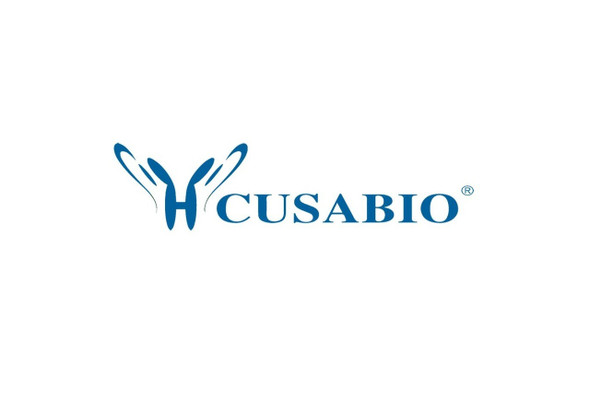Cusabio Polyclonal Antibodies
ITGAV Antibody | CSB-PA011877KA01HU
- SKU:
- CSB-PA011877KA01HU
- Availability:
- 3 to 7 Working Days
- Size:
- 100ul (100ug)
Description
ITGAV Antibody | CSB-PA011877KA01HU | Cusabio
ITGAV Antibody is Available at Gentaur Genprice with the fastest delivery.
Online Order Payment is possible or send quotation to info@gentaur.com.
Product Type: Polyclonal Antibody
Target Names: ITGAV
Aliases: ITGAV; CD51; MSK8; VNRA; VTNR
Background: Integrins are α/β heterodimeric cell surface receptors that play a pivotal role in cell adhesion and migration, as well as in growth and survival. The integrin family contains at least 18 α and 8 β subunits that form 24 known integrins with distinct tissue distribution and overlaping ligand specificities. Integrins not only transmit signals to cells in response to the extracellular environment (outside-in signaling), but also sense intracellular cues to alter their interaction with extracellular environment (inside-out signaling) .Several αV subfamily members, including αVβ3, αVβ5, αVβ1, are highly expressed in active endothelial cells and cancer cells where they play a critical role in angiogenesis and tumor metastasis. Therefore, interest has focused on αV integrin as a key therapeutic target in the treatment of cancer.
Isotype: IgG
Conjugate: Non-conjugated
Clonality: Polyclonal
Uniport ID: P06756
Host Species: Rabbit
Species Reactivity: Human, Mouse, Rat
Immunogen: A synthetic peptide of human ITGAV
Immunogen Species: Human
Applications: ELISA, WB, IHC
Tested Applications: ELISA, WB, IHC;WB:1:500-1:2000, IHC:1:50-1:200
Purification Method: Affinity purification
Dilution Ratio1: ELISA:1:2000-1:10000
Dilution Ratio2: WB:1:500-1:2000
Dilution Ratio3: IHC:1:50-1:200
Dilution Ratio4:
Dilution Ratio5:
Dilution Ratio6:
Buffer: Buffer: PBS with 0.02% sodium azide, 50% glycerol, pH7.3.
Form: liquid
Storage: Upon receipt, store at -20°C or -80°C. Avoid repeated freeze.
Initial Research Areas: Cardiovascular
Research Areas: Cancer;Cardiovascular;Microbiology;Signal transduction;Stem cells






